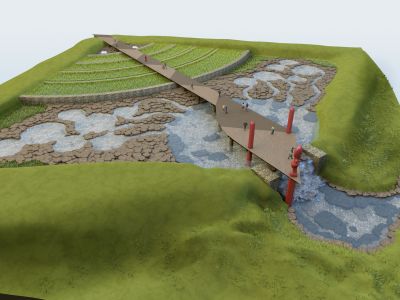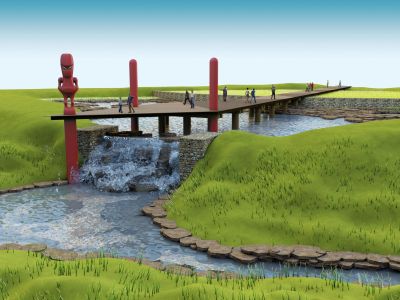RLC, CNI Iwi Holdings and Te Arawa Lakes Trust have agreed to work together towards finding a new long-term solution for discharge of treated wastewater.
The agreement - Kawenata - Puarenga Catchment of Te Rotoruanui-a-Kahumatamomoe is guided by Te Tūāpapa o ngā Wai o Te Arawa (Te Arawa Cultural Values Framework).
Background
Rotorua Lakes Council and CNI have made a commitment to end spraying treated wastewater in Whakarewarewa Forest by 2019.
The upgraded Wastewater Treatment Plant will be able to handle more than 70 million litres of wastewater, which is three times more than it does today.
Updates
Updates
Current process
Our current wastewater treatment plant:
- Sited on eastern edge of Lake Rotorua in Sanatorium Reserve - Reserve gifted by Ngāti Whakaue for public purposes under 1880 Fenton Agreement
- Deconstructs wastewater incl domestic sewage, rain, sediment, industrial wastewater & some storm water
- Deals with about 20 million litres of wastewater per day
- Pumped up to the Whakarewarewa Forest
- Best in NZ at removing nitrogen, but recovered water is still high in phosphorous and pathogens
The current process involves:
2/3 wastewater undergoes 5-stage Bardenpho biological treatment, 1/3 membrane bio-reactor.
Land contact bed design
Māori knowledge (Matauranga Māori) has shaped the new design of the Water Restoration Land Contact Bed, which is proposed for the Rotorua Wastewater Treatment Plant.
It emulates the natural water cleansing processes of Mother Nature (Papatūānuku). The initial concept was designed by the Rotorua Project Steering Committee’s Cultural Assessment Sub-Committee. Rotorua Lakes Council has also enlisted the help of Matauranga Māori experts to refine the initial concept.
Treated wastewater leaves the plant and enters the contact bed system which emulates mother nature by purifying the waiparapara/recovered water leaving it just short of drinking standard.
- Entering the system, it goes through a bubbling water filtration process
- Followed by a series of rock and vegetation filtering bands
- A water fountain system to create turbulence and aeration follows
- Before the waiparapara moves across shallow water channels before entering a rock pool system
- Then moving to an aquatic life calming pond before being released through a rock filtration waterfall.
In total, the new process will involve a full membrane bio-reactor process, with extra phosphorus removal and microfiltration plus UV light treatment.










